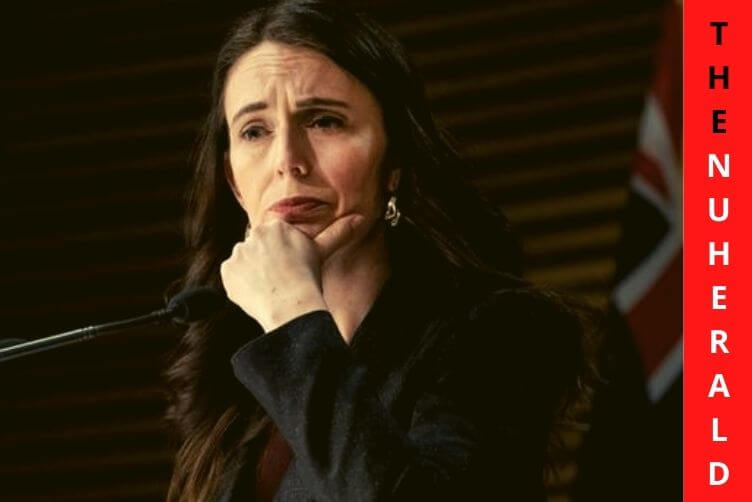As many as 222 countries and territories all over the world have reported the spread of the coronavirus that had originated in China. Since then, different countries have been using different strategies to cope with the spread of coronavirus and its variants. Omicron, the dominant strain of coronavirus, tends to grow from a few to over thousands in as little as 14 days.
No Lockdown To Be Imposed In New Zealand, Says PM
Some countries declare strict lockdowns, while others impose strict restrictions and shutdowns. With the number of cases decreasing in some parts of the world like North America and Europe, a relaxation on the restrictions can be expected. Many countries are reducing the number of quarantine days, in an attempt to revive the lost economy.

New Zealand is among the few countries that have not reported major omicron outbreaks. The tight restrictions coupled with its geographic location have helped the majority of New Zealand to remain Omicron-free at least until now. New Zealand had closed its borders with other countries right from the pandemic’s beginning.
The decision on how and when to open the borders is yet to be announced by the government. This is also one reason for the country’s low coronavirus and omicron cases. There however always remains a concern for community transmission of Omicron. Prime Minister Jacinda Ardern says there are no plans of any future lockdown in the country even if there happens to be an outbreak of Omicron. Omicron being highly transmissible, cannot be controlled once it starts spreading. So, restrictions may be imposed depending on the situation, but she ultimately ruled out the possibility of a lockdown.
The government has introduced the COVID-19 Protection Framework, also known as traffic light settings, to ease the already imposed restrictions on fully vaccinated people. The majority of New Zealand now comes under an orange traffic light setting, which necessitates the use of masks and vaccination proof, but there is no limit on crowd sizes. Offices, schools, gyms, places of worship, etc. will remain open.
However, the whole country will have to be moved to the red traffic light restriction as soon as possible if there is a spread of Omicron in the country. This implements an upper limit of 100 people, compulsory use of masks even for children, and social distancing restrictions to be placed in hospitals, schools, public places like gyms, and special occasions like weddings. Essential services and domestic travel will, however, not be disrupted.
Already 93% of the population in the country of age group 12 and above have been fully vaccinated, 20% of these have got their booster doses as well. The Prime Minister urges the eligible citizens to take the booster dose, as a measure to curb the spread of the Omicron. The country has also recently started its vaccination schedule for children, for age groups of 5 to 11.
The Prime Minister encourages the use of rapid antigen testing among citizens compared to the standard PCR testing, which is reserved for the symptomatic population. She points out that people infected with Omicron can get treatment at home, in isolated settings, instead of crowding the hospitals.
There are already reports of 2 positive Omicron cases in Auckland. New Zealand Cricket has even canceled the Australian tour because of the strict quarantine requirements. The New Zealand government is taking essential steps to spread the control of the disease. These steps will be announced in a phased manner soon by the government. Besides these steps, the government stresses other measures like masking, getting vaccinated and boosted, sanitizing and maintaining a hygienic lifestyle, maintaining social distancing, avoiding unnecessary travel, and restricting gathering sizes to a minimum. Masks remain mandatory while in schools, public transport, flights, airports, etc.